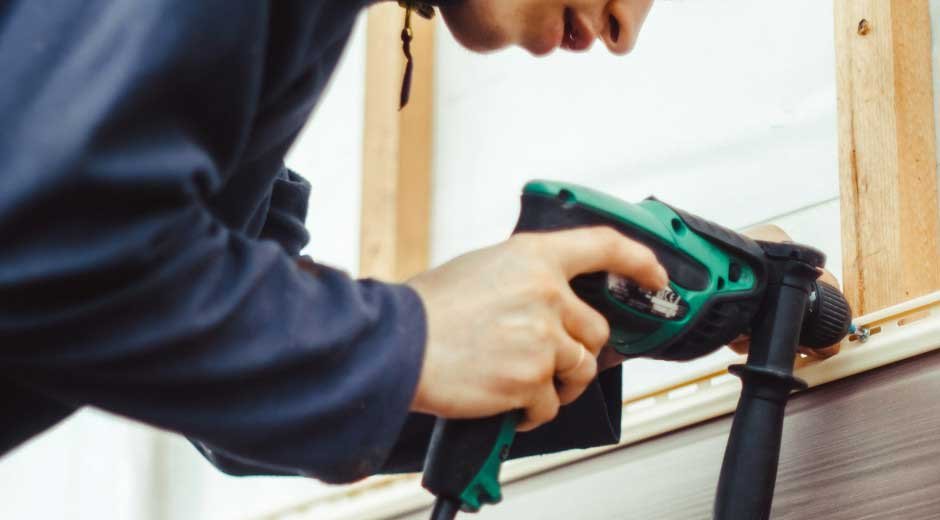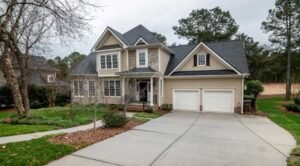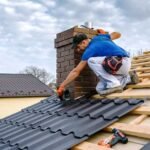Exterior installations are critical for the longevity and performance of your home or building. Whether you’re working on a roof, siding, or another outdoor project, precision in installation is essential. However, even the most experienced DIYers and contractors can fall prey to common mistakes that compromise quality and durability. This guide will highlight these pitfalls and provide solutions to ensure your exterior installations stand the test of time.
Contents
- 1 Why Proper Installation Matters
- 2 1. Choosing the Wrong Fasteners
- 3 2. Incorrect Weatherproofing
- 4 3. Ignoring Expansion and Contraction
- 5 4. Improper Measurement and Planning
- 6 5. Skipping Inspections and Maintenance
- 7 6. Overlooking the Importance of Ventilation
- 8 The Takeaway: Invest in Quality for Long-Term Success
Why Proper Installation Matters
Exterior installations are exposed to harsh elements like rain, wind, and extreme temperatures year-round. Proper planning and execution help prevent water damage, energy loss, and even structural failure. Correct installation methods also improve aesthetic appeal and increase property value.
Read on to discover the most common mistakes and how to avoid them.
1. Choosing the Wrong Fasteners
Fasteners play a crucial role in holding together the framework of your exterior projects. Using the wrong fasteners for a specific material or application can lead to structural weaknesses and early deterioration.
Solution:
- Opt for weather-resistant fasteners like roof screws when working on roofing or siding.
- Consider the compatibility of the fastener material (e.g., stainless steel or galvanized steel) with the construction materials to prevent corrosion.
Proper fasteners ensure your installations remain secure, even in challenging weather conditions.
2. Incorrect Weatherproofing
Failing to properly seal components is one of the most common oversights in exterior installations. Without robust weatherproofing, water can seep into cracks and cause mold, wood rot, and material compromise.
Solution:
- Use high-quality sealants specifically designed for exterior applications. For example, silicone-based sealants work well for durability in extreme temperatures.
- When installing roofing or siding, ensure overlapping panels, weather stripping, and protective coatings are properly aligned and fastened.
Correct weatherproofing minimizes long-term damage and protects your investment.
3. Ignoring Expansion and Contraction
Natural materials like wood and metal expand and contract with changing temperatures. Failing to account for this movement can result in warping, cracks, or gaps that weaken an installation over time.
Solution:
- Leave expansion gaps between materials, especially for structures like decks, siding, and roofs.
- Use flexible fasteners and adhesives that move with the material without compromising the structure’s integrity.
Accounting for natural movement is key to maintaining functionality and appearance for years to come.
4. Improper Measurement and Planning
Cutting corners on initial planning often results in costly errors. Improper measurements or poorly thought-out designs can disrupt the flow of your project, leaving materials mismatched or incorrectly installed.
Solution:
- Double-check all measurements before cutting or installation.
- Use leveling tools and guidelines to ensure your materials align perfectly, whether it’s shingles, tiles, or deck planks.
Taking the time to plan and measure pays dividends in the quality of your results.
5. Skipping Inspections and Maintenance
Even the best exterior installations require periodic inspections to ensure their longevity. Neglecting to maintain or inspect your work post-installation can allow minor issues to grow into costly repairs.
Solution:
- Conduct annual inspections for damage, leaks, or wear and tear, particularly after extreme weather conditions.
- Regularly replace worn-out fasteners and sealants to keep everything secure and watertight.
Maintenance is an ongoing effort to protect your hard work and investment.
6. Overlooking the Importance of Ventilation
Ventilation often gets overlooked in exterior installations like roofing and siding. Poor airflow can trap moisture, leading to premature material deterioration and structural damage.
Solution:
- Incorporate proper ventilation systems when designing your roof or wall structures.
- Use vented soffits, ridge vents, or equivalent systems to promote airflow and decrease moisture buildup.
Think of ventilation as an essential ingredient for any lasting exterior installation project.
The Takeaway: Invest in Quality for Long-Term Success
Mistakes in exterior installations can lead to serious problems down the road, but they are entirely avoidable with the right approach. By choosing high-quality materials, planning meticulously, and paying attention to details, you can achieve durable and visually appealing results.
For starters, always ensure you’re using the right fastener for the job. Browse durable and reliable roof screws to enhance the durability of your projects. Your exterior installations deserve nothing but the best.








